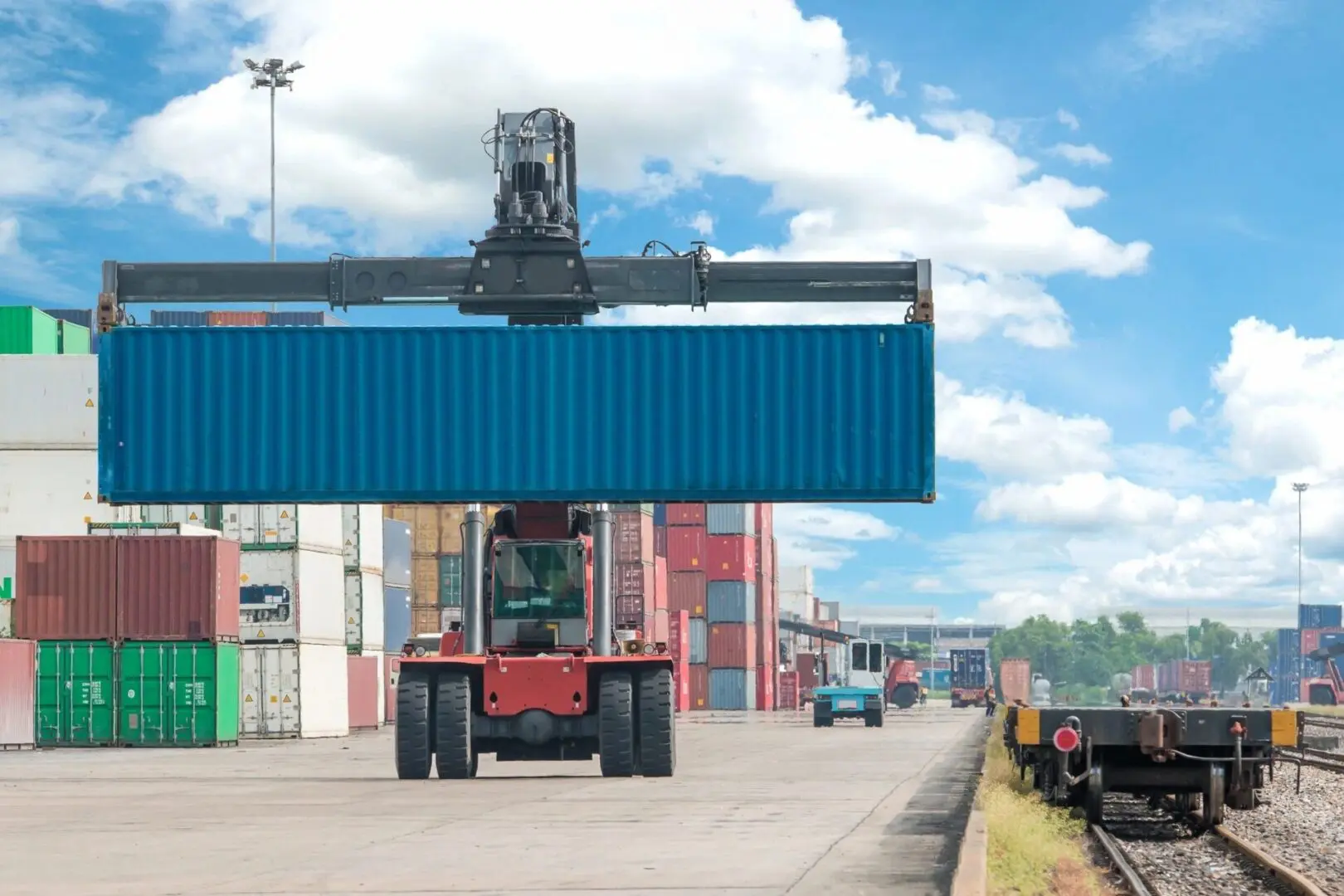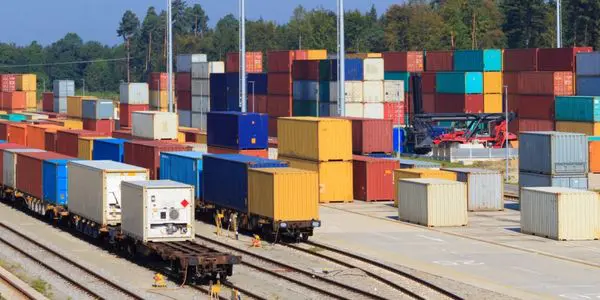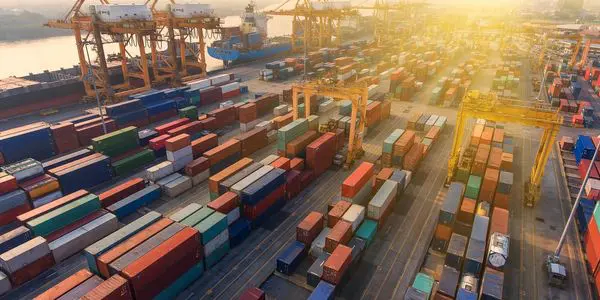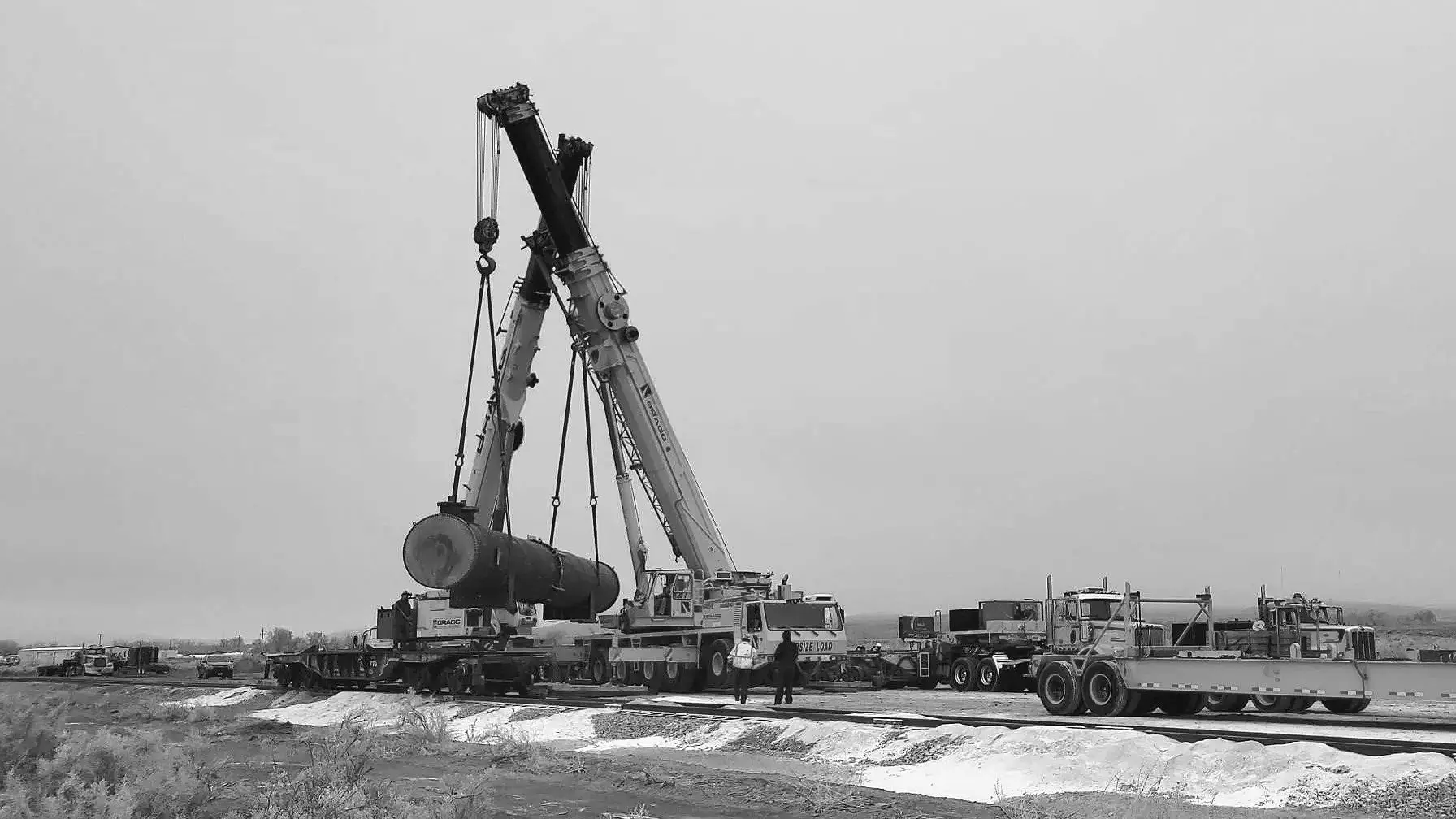
About Port of Nevada
Located 25 minutes from Reno and FTZ ready, this inland port operation includes a full-service intermodal and rail facility with switching, potential 24/7 transloading, chassis service, storage of multiple commodities (including liquids, dry bulk, and dimensional materials), onsite truck scale and other rail infrastructure.

Features
- Foreign Trade Zone (FTZ) ready
- Direct rail access to the Port of Oakland and future direct on-dock rail service to the Ports of Los Angeles/Long Beach
- Chassis Pool Availability
- Transload
- Imports/Exports
- Container Storage
- Ocean Carrier Termination Point
- On-Site Scales
- Full Services, including container loading/unloading
Why choose the Port of Nevada?
- Cost Savings
- Rail Infrastructure
- Port + International Connectivity
- Transloading
- Key Location
- Environmental Considerations
- Expansion Opportunity


Cost Savings
Clients can find cost savings and reduce their environmental impact by utilizing the Port of Nevada’s rail connectivity rather than trucking. A truck from this area can make just one trip to the port, while rail transportation of multiple, double-stacked containers is a more efficient, less-expensive option. With the ever-increasing fuel costs, shortages, and delays seen by trucking, as well as traffic and regulations, rail continues to provide a stable cost-effective option.

Rail Infrastructure
Our site has the rare distinction of being dual-served by two Class 1 freight railroads: Union Pacific Railroad (UPRR) and BNSF Railway (BNSF). Its unparalleled rail connectivity includes an east-to-west Class 1 freight rail mainline with existing direct spurs and direct and dual-service from Class 1 railroad mainlines (UPRR and BNSF). In addition, we offer regular and scheduled spotting with scheduled six days per week rail service between UPRR and BNSF. We have the ability for service schedules to increase. Double stacked containers service is directly available to on-dock port locations by Union Pacific.
In 2021, a mile of rail track and improvements were added to the existing infrastructure. With the new extension of 5,000 feet, the site now includes over 7,000 linear feet of track. We have the ability to increase infrastructure.


Port + International Connectivity
The Port of Nevada has direct rail access to the Port of Oakland and future direct on-dock rail service to the Ports of Los Angeles/Long Beach. In addition, we have the ability to load and unload 40’ international containers to 53’ domestic containers. Transload facilities are available on site, along with indoor and outdoor storage, and container yard, and an ocean carrier termination point. There is also a service with multiple ocean carriers available directly to the site and direct to Asia and Europe.

Transloading
With diverse clients, our company has worked with major national brands and has completed commodity transloads and intermodal transports. The site has no weight limits for incoming or outgoing rail cars and can handle bulk rail cars and export containers. Our ability to handle interior trucks and rail heavy means significant materials can be handled (more than 12,000 additional pounds per container), much more than traditional trucking on a highway. As a result, fully loaded rail cars can be sent, providing cost savings and greater efficiencies. The Port of Nevada also offers land available for the custom construction of support facilities, which can offer additional advantages to your business’ growth.


Key Location
Just 25 minutes from Reno on I-80, the port is located in Fernley, Nevada, along U.S. Highway 50, with excellent proximity to the Interstate 80 interchange. The location is just one ’day’s drive to the entire west coast—two hours to Sacramento and three hours to the Bay Area. The site is also near mines, agriculture, manufacturing and distribution hubs, and rapidly expanding population centers.
Utilizing The Port of Nevada bypasses traffic from Los Angeles/Long Beach and Bay Area/Oakland, avoiding traffic and weather delays and road closures on Interstate 80 through the mountains and over Donner Pass. By providing direct access to the Ports with direct rail connectivity for imports and exports, we can provide clients with greater efficiency.

Environmental and Efficiency Considerations
We understand that companies are looking for environmentally-friendly ways to conduct business. By working with the Port of Nevada’s streamlined, intermodal approach, our clients can decrease their carbon footprint and become less impacted by heavy traffic, poor road maintenance, snow and weather delays, trucking regulations, and carbon emissions and trucking regulations (California). Transporting by rail is also very efficient and cost-effective; approximately one ton of rail cargo can be transported 400 miles on just one gallon of diesel fuel. Therefore, a train can travel around 15 to 20 times farther than a truck on one gallon of diesel. Estimating tons of freight, average miles per gallon, and fuel capacity (ton-miles per gallon) for each a freight truck and train, a train is approximately 3.5 times more efficient at hauling freight than a truck.
Highway congestion costs Americans over $150 billion in wasted time and fuel. One train can carry 200 times the load of a truck, freeing up roadways and reducing wear and tear.


Emissions
Greenhouse gas emissions are tied to fuel consumption. Based on fuel efficiencies, trains only account for 2% of all transportation-relation greenhouse gas emissions, while medium- and heavy-duty trucks account for nearly 25%.
EcoTransIT World Emissions
Calculator Results (Tank-to-Wheel),
Truck Versus Train (100 tons):
Long Beach to Reno
On this route, a truck consumes three times more energy (kWh) than a train and produces 3.5 times more tons of CO2 and SO2 emissions than a train.
Oakland to Reno
On this route, a truck consumes 3.5 times more energy (kWh) than a train and produces 3.2-3.5 times more tons of CO2 and SO2 emissions than a train.

Expansion Opportunity
Development land is available for build-to-suit opportunities, outside storage/yard space, and 24/7 rail transloading. The expansion, storage, and custom building opportunities create efficiencies without Class 1 railroad approval. Foreign Trade Zone, necessary utilities, and favorable zoning are already in place.

Planned Additions:
- Single point of entry for local organizations
- Increased carrier flexibility
- Centralized visibility platform
- Reduction of internal administration
- Web booking system
Planned Additions:
- Single point of entry for local organizations
- Increased carrier flexibility
- Centralized visibility platform
- Reduction of internal administration
- Web booking system


Planned Additions:
- Single point of entry for local organizations
- Increased carrier flexibility
- Centralized visibility platform
- Reduction of internal administration
- Web booking system
About Reno

Reno is located in southern Washoe County, along the eastern slope of the Sierra Nevada Mountains, and just one day’s drive to the entire west coast and the Ports of Los Angeles/Long Beach and Oakland. Property values are increasing, the population is growing, labor is readily available, and Reno has been named one of the ten most livable mid-sized cities in the United States. While Reno’s economy has largely been known for gaming and entertainment, it is now diversifying to include a broad range of industries, including startups, healthcare, battery development, and technology. The state is home to a variety of educational and athletic facilities.
Reno has become a national leader in clean energy, technology, and entrepreneurial expansion. The region is home to 13 geothermal companies and many advanced manufacturers. The state is home to companies such as Amazon, Tesla, Panasonic, Microsoft, Apple, and Google. The greater Reno area also hosts distribution facilities for Amazon, Walmart, PetSmart, and Zulily.
Contact Us
Port of Nevada
-
Michael Shabinaw
General Manager of Rail Operations -
Phone: (330) 659-4060, ext. 1184
Mobile: (909) 501-2042
-
Email: mshabinaw@irgra.com
